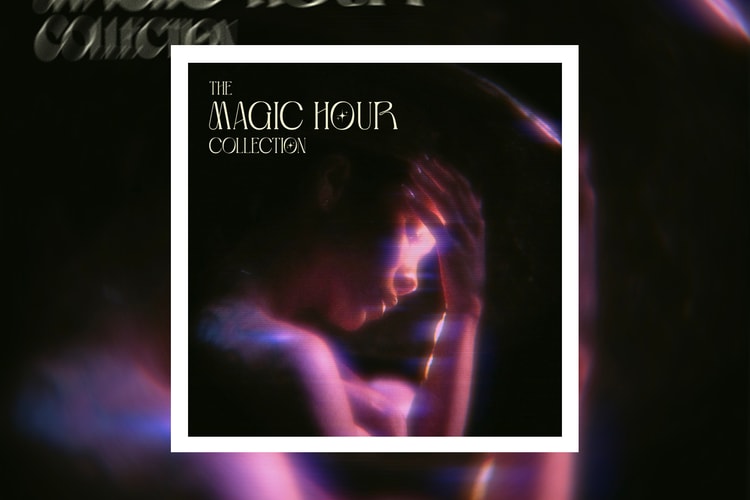The xx - Coexist (Album Review)
It is no secret that The xx are facing the same challenge that has plagued many emerging recording
It is no secret that The xx are facing the same challenge that has plagued many emerging recording artists their senior who have experienced overwhelming response from music lovers and critics alike: how to top their sound-shaping, instant-classic self-titled debut album. With their first offering, the group has constructed its own idiosyncratic musical grammar carried with a noiresque, dubstep-infused minimalistic industrial sound, leaving the audience wondering what an expansion of this melange would sound like.
So where does Coexist stand? Sonically and lyrically speaking, the album doesn’t stray too far from their groundbreaking debut album. It’s a love album that encompasses the first moments of affection as well as the pain of separation while also creating the same minimalistic soundscape that xx exudes. Each of the 11 tracks is themed upon collective human states of intimacy fueled with feelings of longing, nostalgia and desire. Although the sound breathes through all raging emotions, the band timidly avoids revealing their inner feelings. Similar to their first album, platonic soulmates, Madley Croft and Oliver Sim continue to trade lyrics about a love gone wrong while being trapped within emotional isolation. Former schoolmate and in-demand producer Jamie Smith, who has honed his skills mastering and remixing tracks for everybody from Adele to Gil-Scott Heron and Drake, transfers the desolation of his fellow band members through distant beats that almost seem embarrassed to be pulsating.
Indicating the band’s experimental approach to new grounds, Smith initially announced that Coexist would be influenced by club music. Tracks like “Sunset,” “Tides,” “Reunion,” and “Swept Away” indeed showcase some dancier and more rhythmic demonstrations than we have heard from The xx before. However, this dance-infused pattern remains subtle and avoids any rhythmic culmination. This subtlety of dancefloor elements hints at what is likely the most complex aspect of this opus – the interplay between positive and negative effects.
Discerning hope is not the easiest task, the band members’ respective emotions are steadily kept secretive as can be heard on the album’s lead song “Angels” for instance. Beautifully sung and guided by uplifting guitar lines, Madley-Croft takes the lead for this immediate song, viciously showcasing her quietly yearning emotion. “Fiction” offers an even more dim outcome with Sim’s tale of romantic illusions accompanied by a desperately looping guitar which hints at the cyclical emotions of the lovestruck singer. Album standout, “Chained” celebrates the band’s minimalism with shimmering kick drums and an insensitive drum beat while the singing couple laments their distance. The palpable tension between emotional extremes never comes to the desired explosion. The members are restrained, yet confident that the sound will flow into the furthest corners of the listener’s receptiveness. They remain intimately recognizable throughout the album, maintaining the private knowledge that only intimacy possesses. This should not be considered as a disappointment at all as the band keeps enough explorable ground for their third album.
















